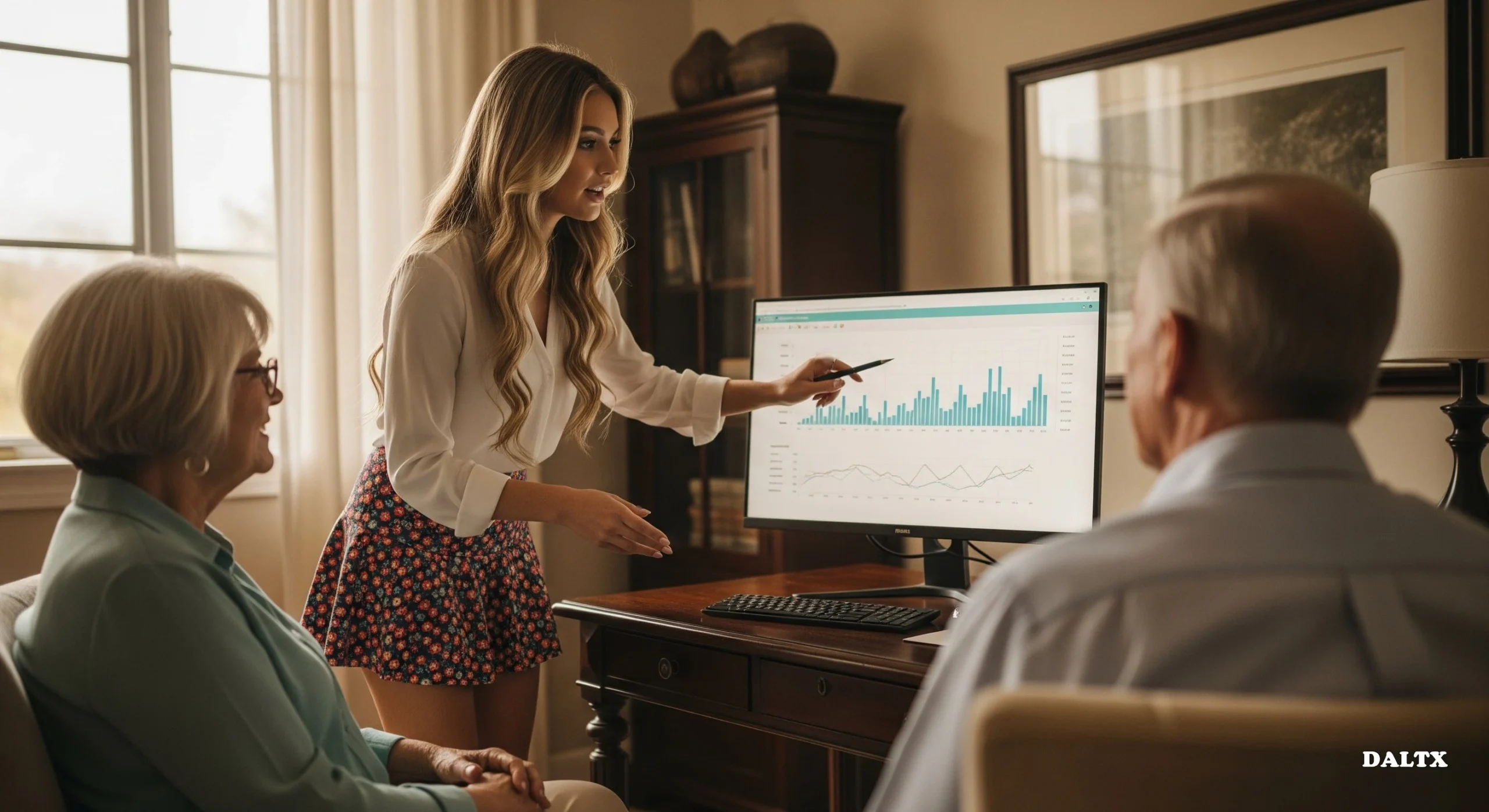The family home is more than just a place to live; it can represent achievement, your most significant financial asset, and a repository of memories. Selling it after retirement requires extra scrutiny because your income is likely to have shifted to a more passive stream. You’ll want to evaluate financial and personal factors to be sure you’ll still meet your retirement plans and lifestyle needs.

For guidance on navigating this transition wisely, you may find helpful insights in this retirement tips article. Why is it so critical? Because a selling decision made after retirement typically has less of a ‘do-over’ option than one made earlier in life.
What Are the Major Benefits of Selling Your Family Home?

You may consider selling your home for one or more of the following reasons:
Unlocking Home Equity for Retirement Funding
The most compelling reason for selling could be unlocking the considerable equity built up over years of ownership. (It often represents 47–89% of retired seniors’ net worth.) Converting equity into cash could significantly increase your income, fund unexpected healthcare costs, or create a cushion for surprise expenses. One option would be to invest the freed-up capital in a diversified portfolio that generates steady income streams while preserving the principal.
Reducing Monthly Housing Expenses
Large-family homes come with hefty ongoing costs that can strain a fixed retirement income. Property taxes, insurance premiums, utility bills, and maintenance can consume over 30% of your budget. Selling can reduce monthly obligations and free up funds for healthcare, travel, or other priorities by downsizing to a more manageable home.
Eliminating Maintenance Responsibilities and Physical Demands
Maintaining a large property becomes more challenging and expensive as we age. Burdensome roof repairs, HVAC maintenance, lawn care, and general upkeep can vanish when you sell – a blessing for seniors with mobility issues or health concerns – freeing up more time for what you enjoy.
Geographic Flexibility and Lifestyle Changes
Selling your home gives you the freedom to relocate in a way that better suits your retirement lifestyle. You might move closer to family, choose a warmer climate, or settle in a community tailored to active seniors. It also offers the chance to lower living costs and find a home that’s more manageable and aligned with your health, social, and personal needs.
What Are Some Key Concerns and Potential Drawbacks?

Selling may not be entirely positive. Consider these factors:
Emotional and Psychological Impact
The family home may be where children took their first steps and where you celebrated holidays and life milestones. Walking away could trigger feelings of regret, loss, grief, or anxiety about the future, especially if the decision feels rushed or forced by circumstances rather than by choice.
Loss of Familiar Community Connections
Many years in a home can foster deep community roots: established relationships with neighbors, healthcare providers, local businesses, and religious congregations. Selling can mean severing those relationships and starting over, which can be hard if you rely heavily on those support networks.
Market Timing and Financial Risks
Poor timing or inadequate planning can diminish the financial benefits of selling. Market downturns may mean accepting a lower sale price. In addition, selling costs can consume as much as 10–15% of the sale price through closing costs, realtor commissions, required repairs, staging, and moving expenses.
Potential Tax Implications
Selling your primary residence grants you a $250,000 capital gains exclusion as an individual ($500,000 as a married couple), but more substantial appreciation might create tax consequences. You also could give up mortgage interest and property tax deductions that provided tax benefits, increasing your overall tax liability.
What Are Some Critical Decision-Making Factors?

Here are some actionable takeaways:
Financial Analysis and Cash Flow Assessment
Before deciding to sell, conduct comprehensive financial analyses comparing your present housing costs with projected expenses in your new living circumstances. Beyond monthly savings, consider the investment potential of unlocked equity. When invested within your risk tolerance, calculate whether proceeds could generate sufficient income to offset new living costs while maintaining your desired lifestyle.
Health and Mobility Considerations
Estimate your health needs today and in the future. Are mobility issues developing or likely to emerge? If so, homes with stairs could become dangerous or impractical. Can you modify your current home to accommodate aging in place, or would it be more sensible to move to a more accessible property?
Family Dynamics and Legacy Planning
Family homes can hold significant meaning for adult children or grandchildren, so discuss your intentions with family members. They may prefer to keep the property as a legacy asset or vacation home. Alternatively, they may fully support your decision to liquidate and enjoy the proceeds during your lifetime. Clear communications are key.
Researching Alternative Housing Options
Explore alternative living arrangements thoroughly before deciding to sell. New housing options are continually being created as the population ages. Consider active adult communities, condominiums, rental options, retirement villages, or even tiny living. Visit potential locations often and in various seasons to help find what truly meets your needs and preferences.
Timing and Market Conditions
Track real estate conditions at current and future locations. Work with professionals to determine your optimal timing for selling and buying. Factor in selling seasons, market trends, and your timeline. Don’t let external pressures rush your decision – and don’t delay unnecessarily if conditions are favorable.

Conclusion
Selling your family home in retirement is a major decision that goes beyond finances and touches on lifestyle, health, and emotional well-being. While it can offer meaningful benefits like financial freedom and simplified living, it’s important to weigh those against potential drawbacks. With careful planning and honest reflection on your needs and goals, you can make a choice that supports a fulfilling and secure retirement.




